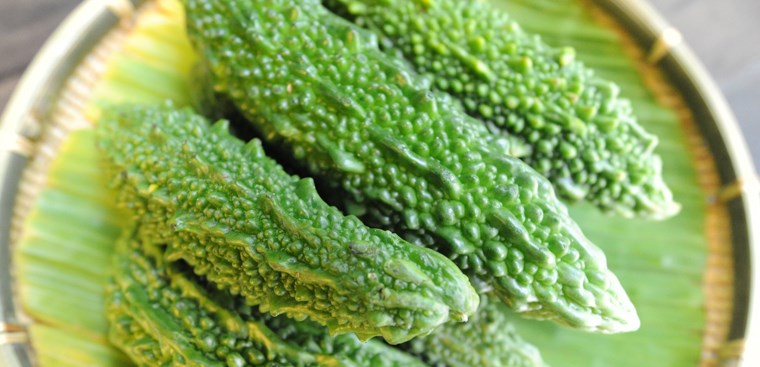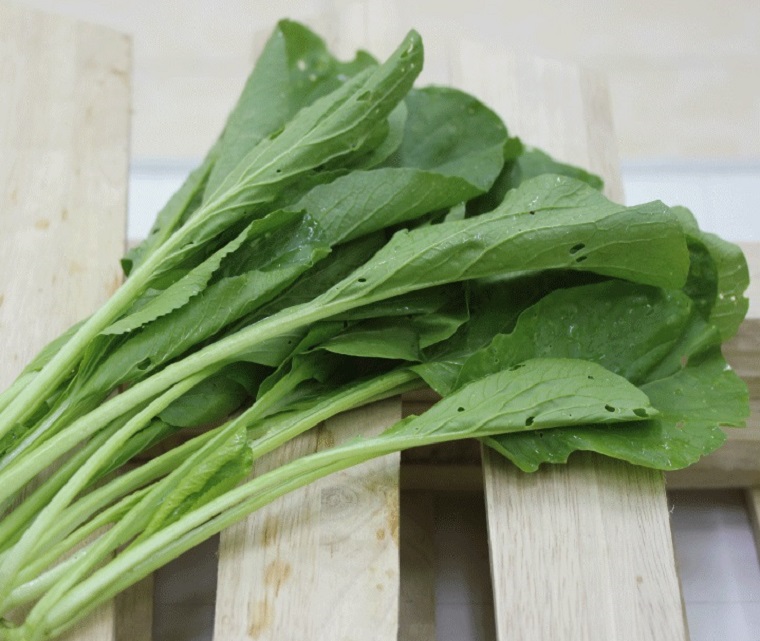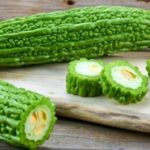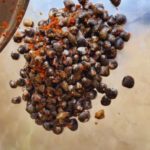Bitter Melon

Bitter melon, also known as bitter gourd, is a versatile vegetable used in a variety of delicious dishes. However, if you purchase bitter melon that has been treated with growth stimulants, it can have adverse effects on your health.
If the bitter melon you’ve bought looks unusually large, with a thick, shiny, vibrant green body, it’s likely that it has been treated with growth enhancers. These stimulants are used to make the vegetable look more appealing, but they come at a cost to your well-being.
Mustard Greens

When buying mustard greens, pay close attention to the color of the leaves. If the leaves are a deep green, with uniform, lush, and undamaged tips, and the stem is thick, it’s possible that the vegetable has been treated with excessive nitrogen-based fertilizers to enhance growth.
Yardlong Beans

Yardlong beans, or cowpea beans, are known for their cooling properties. However, if you purchase beans that have been sprayed with growth stimulants, it can negate their health benefits and even be harmful. Beans that are uniformly long, shiny, and sparsely hairy, with minimal signs of pest damage, may indicate the use of pesticides, fertilizers, and growth stimulants.
Bean Sprouts

Bean sprouts are one of the vegetables most susceptible to the use of growth stimulants. To identify sprouts that have been treated with growth enhancers, simply observe their size and shape. If the sprouts are thick and round, with a white body and few roots, they have likely been exposed to growth-enhancing chemicals. In contrast, naturally grown sprouts will be slender, with more roots, leaves, and visible sprouts.
There are many other ways to identify vegetables that have been treated with growth stimulants. If you have any tips or tricks, please share them with us!






































